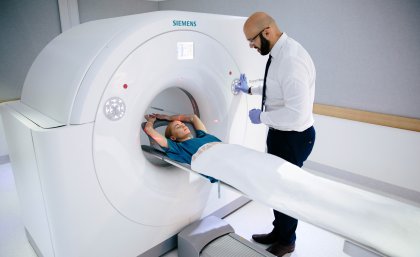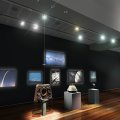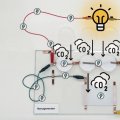
New cancer-fighting drugs and devices could emerge from The University of Queensland, thanks to a research program comparing cancers in pet animals and humans in a state-of-the-art imaging facility opened today.
UQ Centre for Advanced Imaging (CAI) director Professor David Reutens said the new Australian Cancer Research Foundation (ACRF) Facility for Molecular Imaging Agents in Cancer opened a new paradigm in comparative oncology.
“It will allow researchers to examine the effects of tiny doses of anti-cancer drugs in human and animal cancers,” he said.
“The facility will build on the long-term development of world-class facilities in health and medical bioscience and research in Queensland, linking with other imaging capabilities such as the Herston Imaging Research Facility and the Translational Research Institute’s Innovation and Translation Centre.”
A $2.5 million Australian Cancer Research Foundation grant has enabled the purchase of a large-bore PET-CT scanner and an upgrade of the CAI’s magnetic resonance imaging facilities.
“We are using molecular imaging to improve cancer detection, characterisation, treatment and monitoring,” he said.
Professor Reutens said the centre would run Australia’s first comparative oncology research program, studying naturally occurring cancers in companion animals such as dogs to learn more about treating cancer in humans.
“This will help develop new drugs, devices and imaging procedures for human patients,” he said.
“The new facility will enhance the success of clinical trials on human cancer therapies.”
Australian Cancer Research Foundation CEO Professor Ian Brown said the ACRF Facility for Molecular Imaging Agents in Cancer offered a new opportunity to better understand cancer in its many forms.
“It provides a chance for the development of new approaches for the prevention, detection and treatment of cancer,” he said.
“The ACRF supporters who made this grant possible know that the investment in state-of-the-art technology when placed in the hands of the best researchers will lead to the breakthroughs that we all desire.”
“Researchers in Australia are among the best in the world, and we’re delighted to be supporting the cutting-edge work of the teams working together at UQ.
“Research and innovation are our best means of finding ways to end cancer.”
Media: Nina Moore, nina.moore@cai.uq.edu.au, +61 7 3365 1785, +61 421 203 219.










